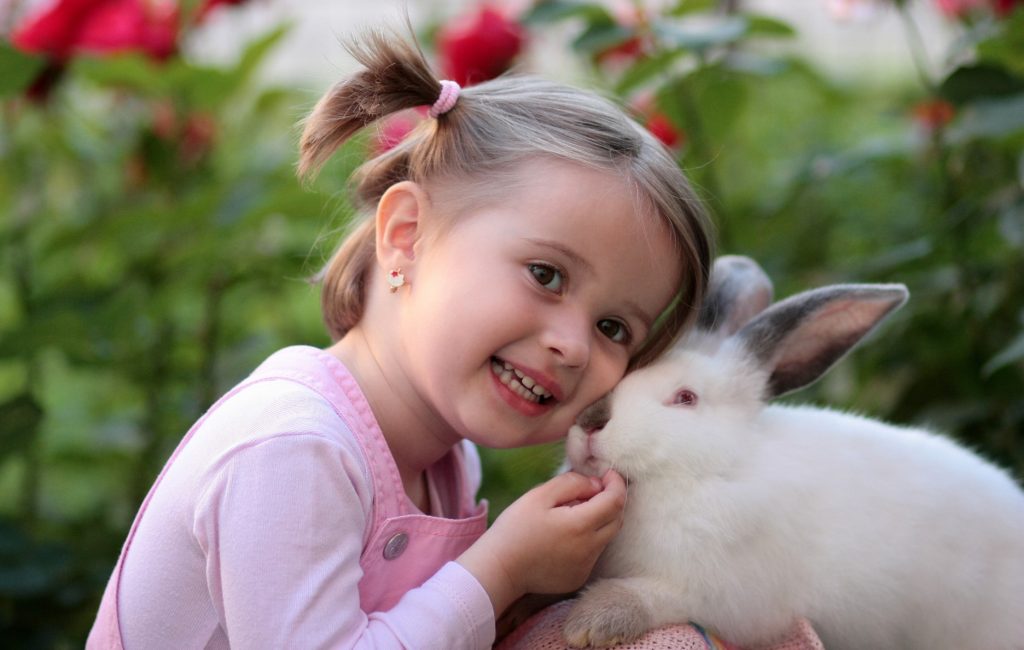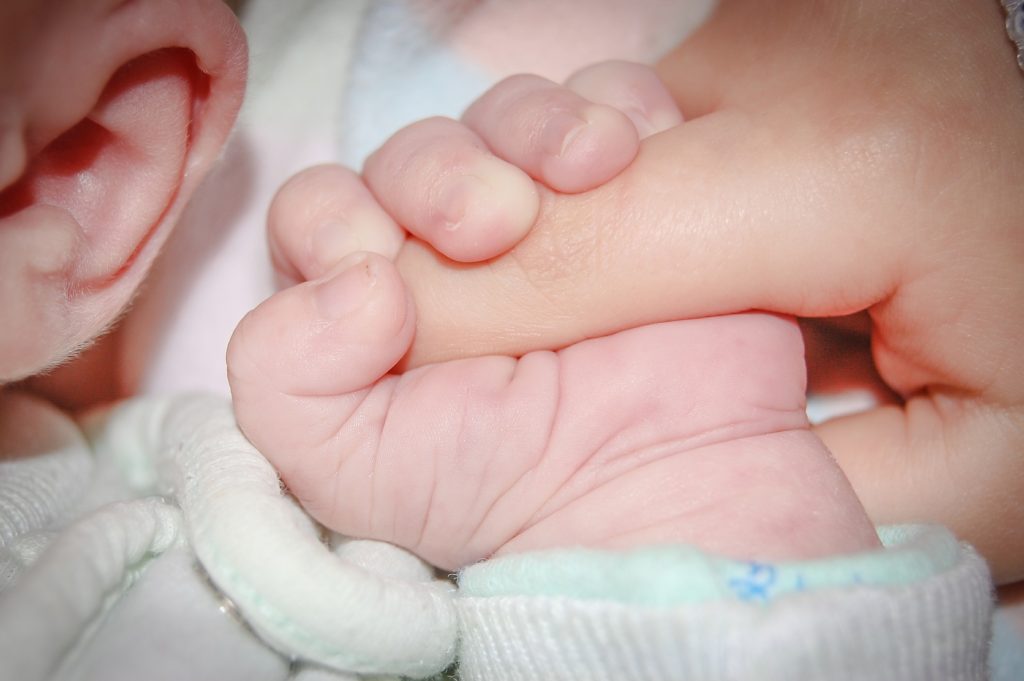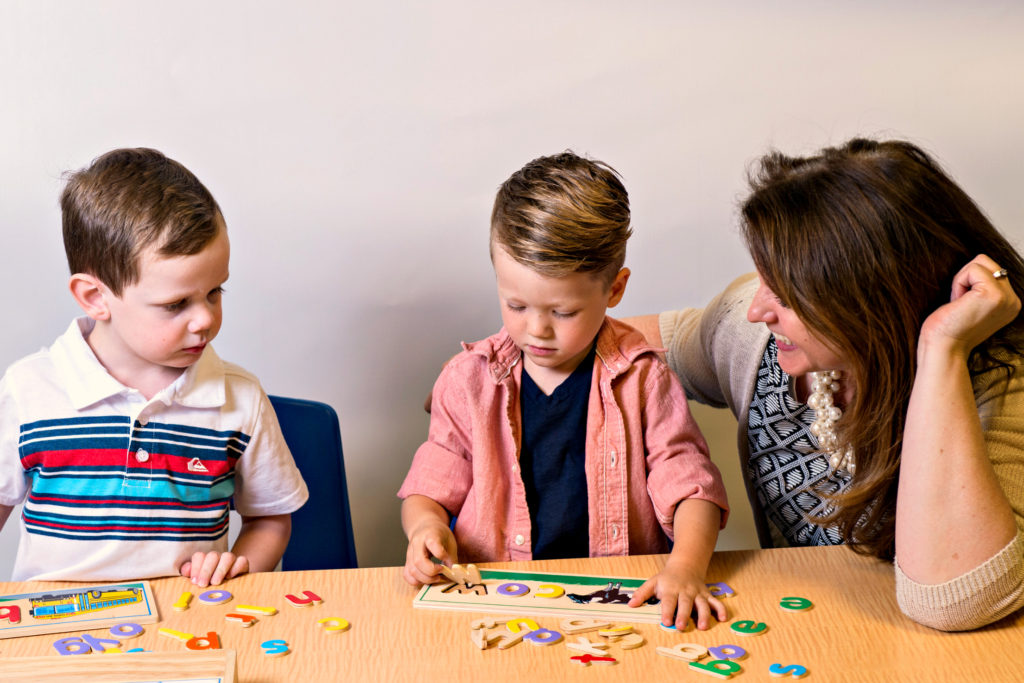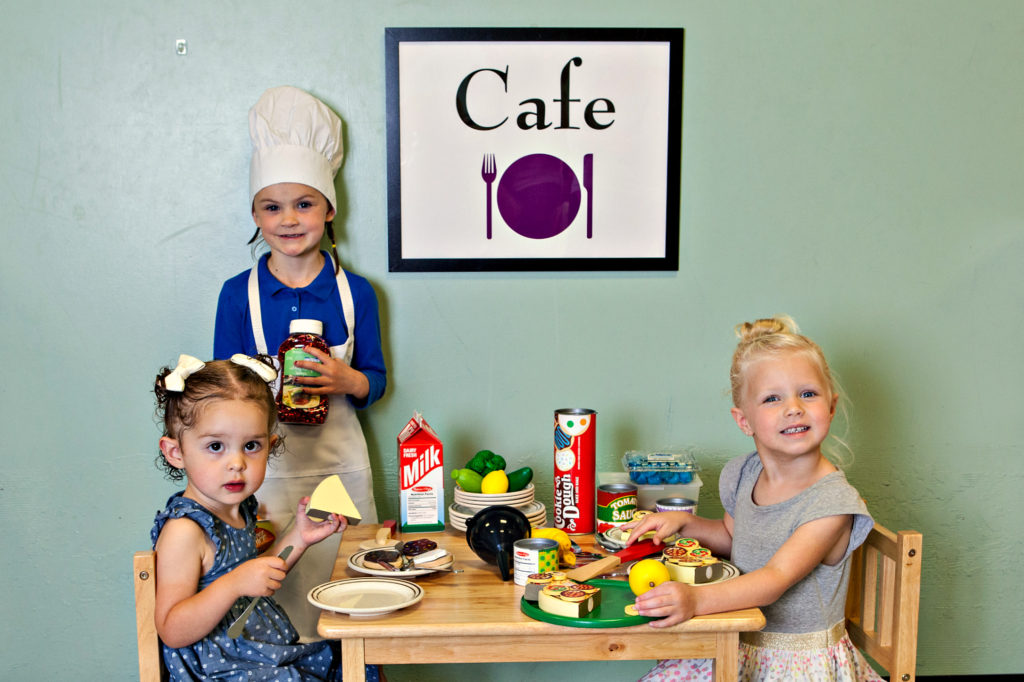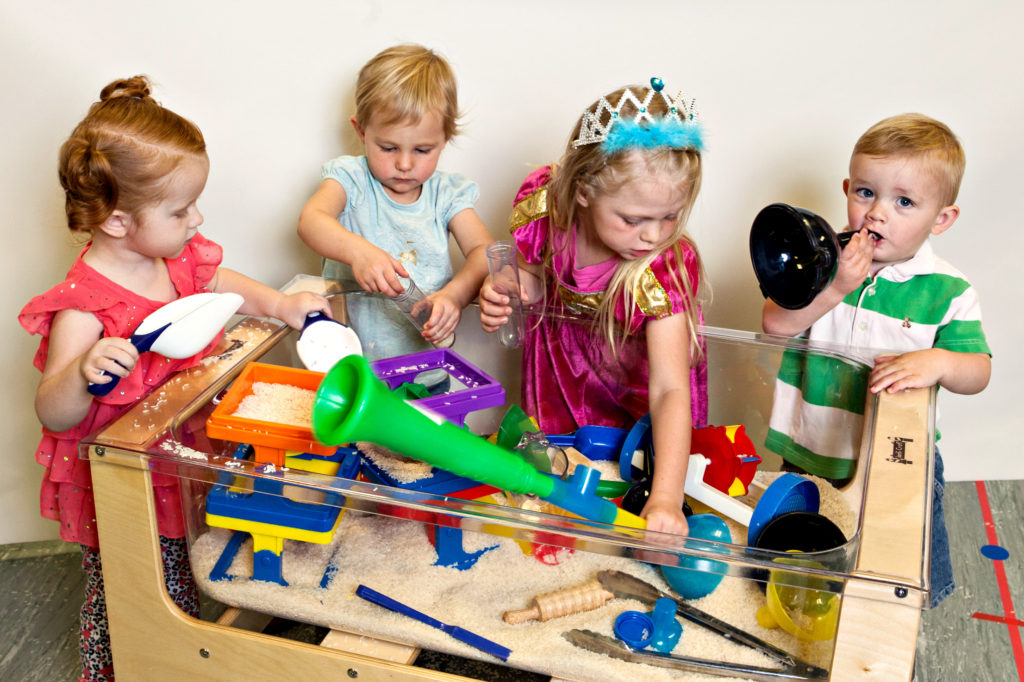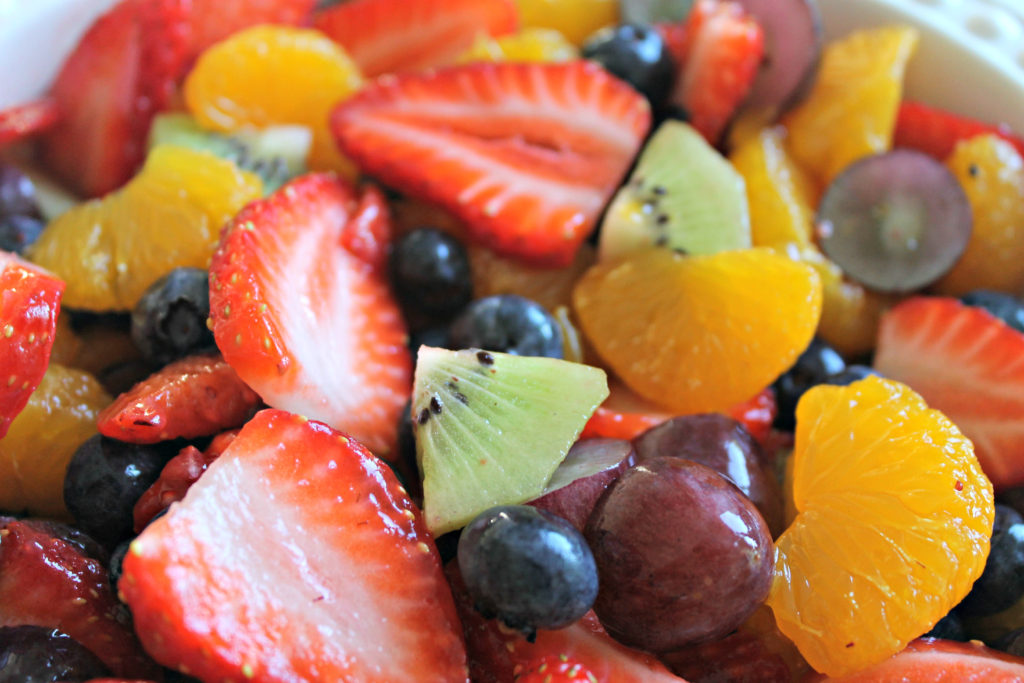There is no question that babies are learning to identify the world around them with their senses. From the familiar smell and sound of mom, to feeling swaddled and warm, babies are participating in multisensory learning.
It should be no surprise that preschoolers are continuing in their quest to identify and explore their environment through multisensory learning. For those of us who are not immersed in the child development vernacular, multisensory just means using more than one of the five senses (sight, hearing, smell, taste, and touch) in a learning activity. So here is an easy rule of thumb: the more senses the activity uses, the more effective the learning will be.
Benefits of Multisensory Learning
We all have a different learning style, the most common being visual or verbal. But one of the great benefits of multisensory learning is utilizing all learning styles. Furthermore, did you know that multisensory learning can also help children with learning and attention issues? These children are better equipped to collect data and problem solve as they participate in a more hands-on approach to learning.
Studies have also shown that multisensory learning increases proficiency and effectiveness of learning as it accesses more parts of the brain, improves memory, and enhances brain development. Don’t be surprised if your child is repetitive when doing a multisensory activity. This type of learning is all about the process!
What Does Multisensory Learning Look Like?
To the untrained eye, multisensory learning may look a lot more like play than learning. Look a little closer and you’ll find that multisensory play is actually their little brains at work.
Put together a puzzle and your little guy is using his sight as well as critical thinking and kinesthetic learning. Talk about the puzzle as you complete it and you’ve added verbal and social learning styles.
Role play gives children the opportunity to handle objects in their world as they discuss and apply their usefulness, using logical–and sometimes not-so-logical–thinking. They are able to develop social learning skills as well as a combination of visual, verbal, and even auditory learning. (When was the last time you noticed your preschooler singing while playing? Yep! That was auditory learning!)
Water tables are fabulous multisensory learning tools, as they just beg to be played in! Whether using rice, water, sand, beans, or water beads, the feel of the medium on your hands and fingers are firing those synapsis all over the place! Add the toys, and our preschoolers are busy little bees learning laws of physics while their processing brains go wild.
3 Multisensory Learning Activities to Try at Home
Puzzles and role playing are easy to play at home, too. Get a plastic tub in the back yard and fill it with water, add a funnel, and you have your own water table as well. But here are a few more fun multisensory learning activities to try at home:
1-Play-doh
The store-bought or homemade kind both work great. Not only do they work their little kinetic minds while kneading the dough, they process so much more when you give them tools to use. Here are a few ideas:
- Plastic knife or fork
- Plastic scissors
- Cookie cutters
- Milk lids
- Wire whisk
- Measuring cups
- Scale
- Muffin tins
- Rolling pin
- Stampers- any shape you have around the kitchen
And if mixing colors gives your OCD heart an attack, make your own dough and let them help you mix the colors in. (Make sure the dough is cool enough.) You can always make more if the final product is “blah” in color.
Homemade Playdough
2 c flour
2 c water
1 c salt
2 T oil
4 t cream of tartar or alum
Food coloring- add to liquid
(Or add a package of Kool-Aid for scent and color)
Cook over medium heat for 3 minutes until ball is formed. Knead until stiff. Store at room temperature in an airtight container.
2- Cook!
Popcorn. Lemonade. Cinnamon Toast. Any food preparation your preschooler can participate in introduces them to textures, smells, colors, shapes and best of all, taste! Not to mention all the small muscle development, independence, and scientific learning it fosters. This Rainbow Salad recipe is healthy and perfect for little hands to make with a plastic knife and parental supervision. Don’t forget to discuss shapes and colors as you make it!
Rainbow Salad
½ c sliced strawberries (sliced with egg slicer)
1 small can mandarin oranges, drained
½ c pineapple chunks
½ c kiwi, slices cut into triangles
½ c blueberries
½ c red grapes, cut in half
Mix and enjoy.
3- Textile Mosaic
Grab some different textiles and colors and let your child cut and paste them. What shapes can she make? What sound do they make if they crinkle? (Lois Ehlert, illustrator of Chicka Chicka Boom Boom is a fabulous textile artist if you need some ideas.)
Here some example mediums to use:
- Tinfoil or foil paper
- Corrugated cardboard
- Felt
- Any scraps of fabric
- Feathers
- Pipe-cleaners
- Craft foam
- Newspaper or magazines
- Construction paper
- Small sticks and pinecones
This month at UDA Creative Arts Preschool, we have been learning all about our senses and we are dedicated to implementing multisensory learning! In addition, we are prepared to teach all styles of learning, including the “taster” who is prone to put that paint brush right in his mouth. We invite you to come watch us in action. You can schedule a tour today by calling (801) 523-5930.
Written by: Elsje Denison

